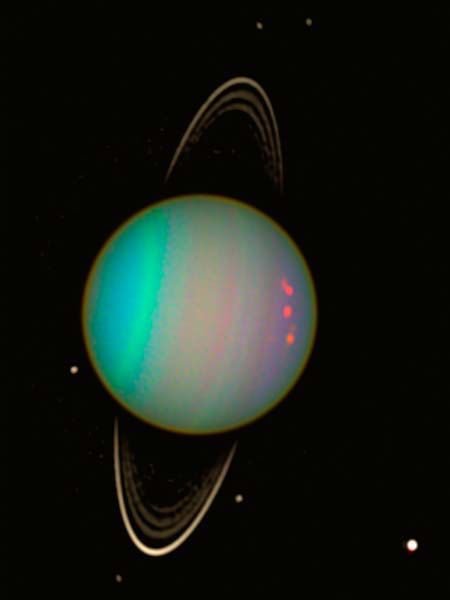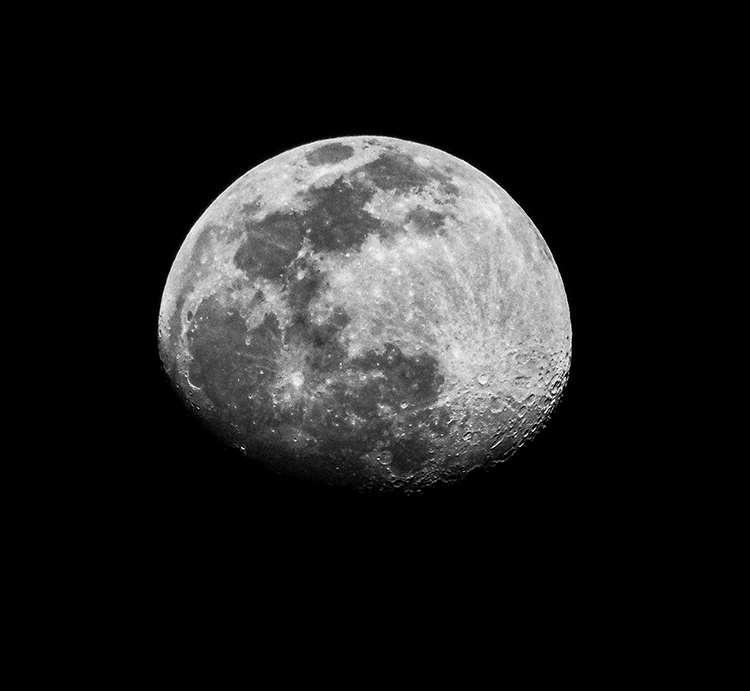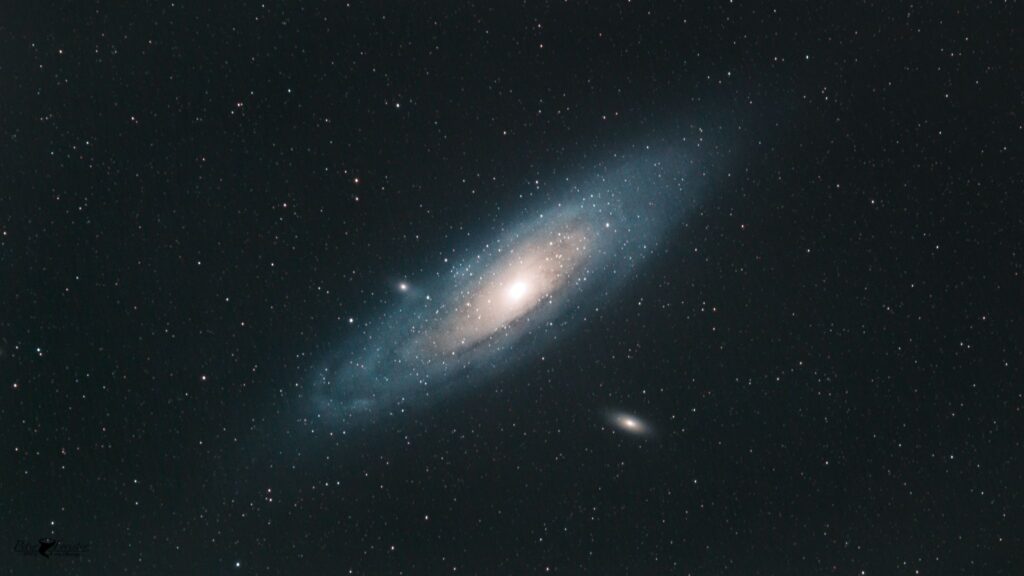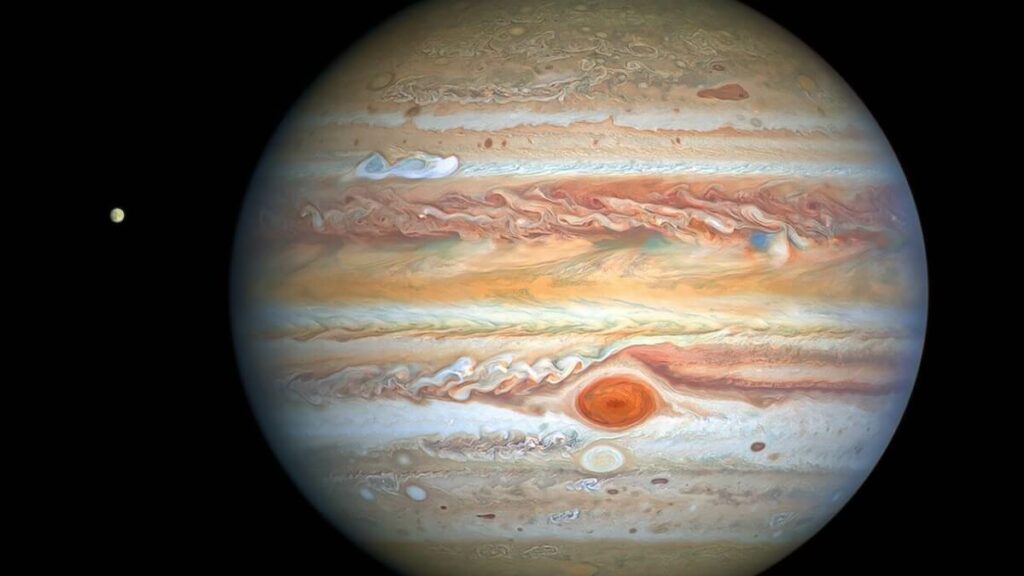

Who doesn’t love a good list of astronomical facts? Here are 20 Space facts you may not know.
OK, so maybe you knew this one. But did you know that the sun is 864,000 miles in diameter? You can fit 1,300,000 earths inside of it. And it is so dense that it holds 99.8% of all the mass in our solar system. But it is merely a yellow dwarf star.
Neutron stars are the remnants of massive stars after they have gone supernova. The remaining nucleus is around 15 miles across, but they have a mass of 1.5 times our sun! Neutron stars are the closest thing you can get to a black hole. Their gravity can be up to a million billion times Earth’s. They can also spin up to 600 times per second. Yet some still host exoplanets. They are capable of producing heavy elements that make up everything around us. I could make a whole post on the space facts of a Neutron star.

Sound is simply the vibration of air molecules. The vacuum of space doesn’t have air, so it’s completely silent. If you could survive in space without a space suit, a bomb could go off right next to you, and there would be no sound. You would probably die from the explosion, though.
Mercury and Venus are the only planets in our solar system with no confirmed moons. This is a baffling fact because there are over 200 moons shared amongst the other planets and dwarf planets in the solar system.
Olympus Mons on Mars is the tallest mountain in the entire solar system. At three times taller than Mount Everest, it’s 16 miles high. If you were at the far base of the mountain, the other side of the mountain would be over the horizon.

Our home, the Milky Way galaxy, is roughly 110,000 light-years wide. It would take a modern-day spacecraft 450 million years to travel from one side to the other. Before it dies, the sun only has about 22 orbits left around the galaxy.
Jupiter currently has 80 moons. I say currently because astronomers are finding new ones all the time. Some of them are the size of planets themselves.
Pluto is smaller than the United States. It is almost half the size of our moon.
Uranus is made up of mostly hydrogen, helium, & methane in its atmosphere. The methane filters out the red light from the sun, and the blue light is reflected back into space. That’s a fantastic space fact.

There are currently 70 sextillion stars in the observable universe. That’s ten times the amount of sand grains on Earth. It’s true; I counted them. JWST is showing us the cosmos in even greater detail than ever before.
Due to the lack of gravity, your spine will elongate if you spend enough time in space. But you will lose the height advantage as soon as you return to planet side.
The moon moves away from the Earth about 1.5 inches per year. It is causing our days to become slightly longer as the Earth’s rotation slows down. 1.4 billion years ago, a day on Earth was 18 hours and 40 minutes long.

With the lack of gravity in space, solids, and gases can’t separate, leaving astronauts in a pickle if they get gassy.
Ink pens work on gravity as the ink flows down to the ballpoint. This doesn’t happen in space, so NASA had to develop a pen that would work in zero gravity. It costs millions of dollars to design. The Russians just used pencils.
Since Pluto got the shaft and was kicked out of the club, a new sub-category of planets was created. Dwarf planets are smaller planetoids that orbit the sun. The number varies depending on who you ask. The number grows from 5 to 120 based on some parameters.

It’s as if you’re looking back in time. It takes 8 minutes for the light you see outside to travel to you from the sun. Ever wonder why our sky is blue on Earth?
The International Space Station is 356 feet long and 250 miles high. It can be seen with the naked eye as it passes overhead at night.

In roughly 5 billion years, the Andromeda galaxy will collide with the milky way galaxy to form a new, much larger galaxy called Milkdromeda.

While the cosmos may often seem serene and unchanging from our earthly perspective, it is, in fact, a dynamic and ever-evolving theater of cosmic events. One such event, set to occur about 5 billion years from now, involves our very own Milky Way galaxy. Its partner in this celestial dance? None other than the Andromeda galaxy, our closest spiral galaxy neighbor and the largest galaxy in our local group.
Situated about 2.537 million light-years away, the Andromeda galaxy is on a collision course with the Milky Way. Don’t panic, though! While the term “galactic collision” might bring cataclysmic visions of destruction to mind, in reality, the process will be far less dramatic for individual stars and planets.
Why is that? Galaxies are vast, consisting mainly of empty space, and the distance between individual stars is immense. As Andromeda and the Milky Way come together, the chance of stars within them directly impacting one another is extraordinarily slim. Instead, the galaxies’ shapes will distort due to gravitational interactions, creating streams and tides of stars that will eventually settle into a new galactic structure.
This collision will not be a quick process. It will occur over billions of years, and the result will be the formation of a new, elliptical galaxy commonly referred to as “Milkdromeda” or “Milkomeda.” This newly merged galaxy will be much larger than its progenitor galaxies and will represent a significant evolution in the structure of our local cosmic neighborhood.
As this distant future event unfolds, our Sun and Solar System could be tossed out to a different part of the galaxy, dramatically altering our night sky’s view. Yet, it’s also possible that little will change for our solar system, given the vast scale and timespans involved.
In the end, the predicted collision between the Milky Way and Andromeda galaxies underscores the dynamic nature of the cosmos. It reminds us that although galaxies may seem like unchanging fixtures in the night sky, they are, in reality, constantly moving and evolving entities shaped by the same fundamental forces that govern all of existence. And, as future observers of this grand cosmic event, we’ll have front-row seats to one of the universe’s most breathtaking celestial spectacles.

Considered one of the most distinctive features of our solar system’s largest planet, Jupiter’s Great Red Spot is a massive, raging storm that has been continuously observed for over 300 years. Yes, you read that right, three centuries! This puts the storm’s age far beyond that of a human lifetime, making it one of the oldest known phenomena in our solar system.
A testament to Jupiter’s tumultuous and dynamic atmosphere, the Great Red Spot is a colossal anticyclonic storm that rotates opposite the planet’s rotation. Its vibrant reddish hue is thought to be caused by complex chemical reactions triggered by Jupiter’s intense solar radiation. However, the exact compounds responsible for its iconic color remain a mystery.
What’s not a mystery is the spot’s staggering size. The Great Red Spot is so vast that you could easily fit the entire Earth inside it. It’s so large that it could accommodate about three Earths side by side at its widest point. That’s an expanse larger than some countries on Earth, dedicated entirely to a swirling vortex of wind and gas.
But that’s not all. Jupiter’s Great Red Spot also reaches astonishing heights. NASA’s Juno mission measurements indicate that the storm’s clouds stretch about 8 kilometers higher into Jupiter’s atmosphere than the surrounding clouds. This vast, dense storm system consequently creates a bump on Jupiter’s sleek, cloud-lined silhouette.
Over the years, scientists have noticed a gradual but undeniable reduction in the storm’s size. As of recent observations, the Great Red Spot, once 40,000 kilometers wide in the late 1800s, has shrunk to a little over 16,000 kilometers in diameter. Nonetheless, despite its decrease in size, the storm’s intensity doesn’t seem to wane, and it continues to captivate astronomers worldwide with its persistence.
So, as we gaze at Jupiter’s image or even look up to find it in our night sky, it’s worth remembering that we are witnessing a centuries-old spectacle. Much like a celestial lighthouse, the Great Red Spot serves as a beacon of the tumultuous and ever-inspiring dynamics of our cosmic neighborhood.
Did you know that the universe is filled with black holes? These gravity-defying, space-time-bending celestial bodies, although incredibly mysterious and potentially destructive, are a common feature of our universe, with estimates ranging from millions to possibly billions scattered throughout the galaxies.
One of the most well-known black holes is Sagittarius A*, the supermassive black hole at the heart of the Milky Way. Sitting approximately 26,000 light-years away from us, this beast of a black hole possesses a mass equivalent to about four million suns. However, Sagittarius A* is far from the only black hole in our galaxy.
According to a recent study, tens of thousands of other black holes are believed to be spinning, merging, and interacting in the vast, chaotic space around the Milky Way’s galactic center. This dense cluster of black holes is not only a fascinating subject of study but also serves as a vivid reminder of the cosmos' immense scale and complex dynamics.
Many of these black holes have companion stars – in these cases, the black holes and their companion stars form binary systems. The nature of their relationship is one of give and take, but mostly take on the black hole’s part. These companion stars are gradually stripped of their outer layers, feeding the black holes and causing high-energy emissions we can detect from Earth. These binary systems offer a unique window into studying the behavior of black holes, including their gravitational effects and their feeding habits.
Yet, not all black holes are engaged in this cosmic dance with a partner. Many wander alone, roaming the galaxy like celestial lone wolves. Unlike their binary system counterparts, these solitary black holes are difficult to detect since they don’t noticeably interact with matter. We can usually only find these black holes when they pass in front of another star and cause a phenomenon known as gravitational lensing – the distortion of light caused by the black hole’s immense gravity.
However, our understanding of black holes is still growing. With every new detection, binary system discovered, and lone black hole identified, we take one step closer to understanding these enigmatic celestial bodies that continue to fascinate astronomers and non-astronomers alike. So, when we look up at the night sky and consider the galaxies beyond our own, it’s a humbling reminder that black holes are everywhere, hidden within the fabric of the universe.

Do you have an interesting space fact that may be little known to others? Let me know. Let’s grow the list!